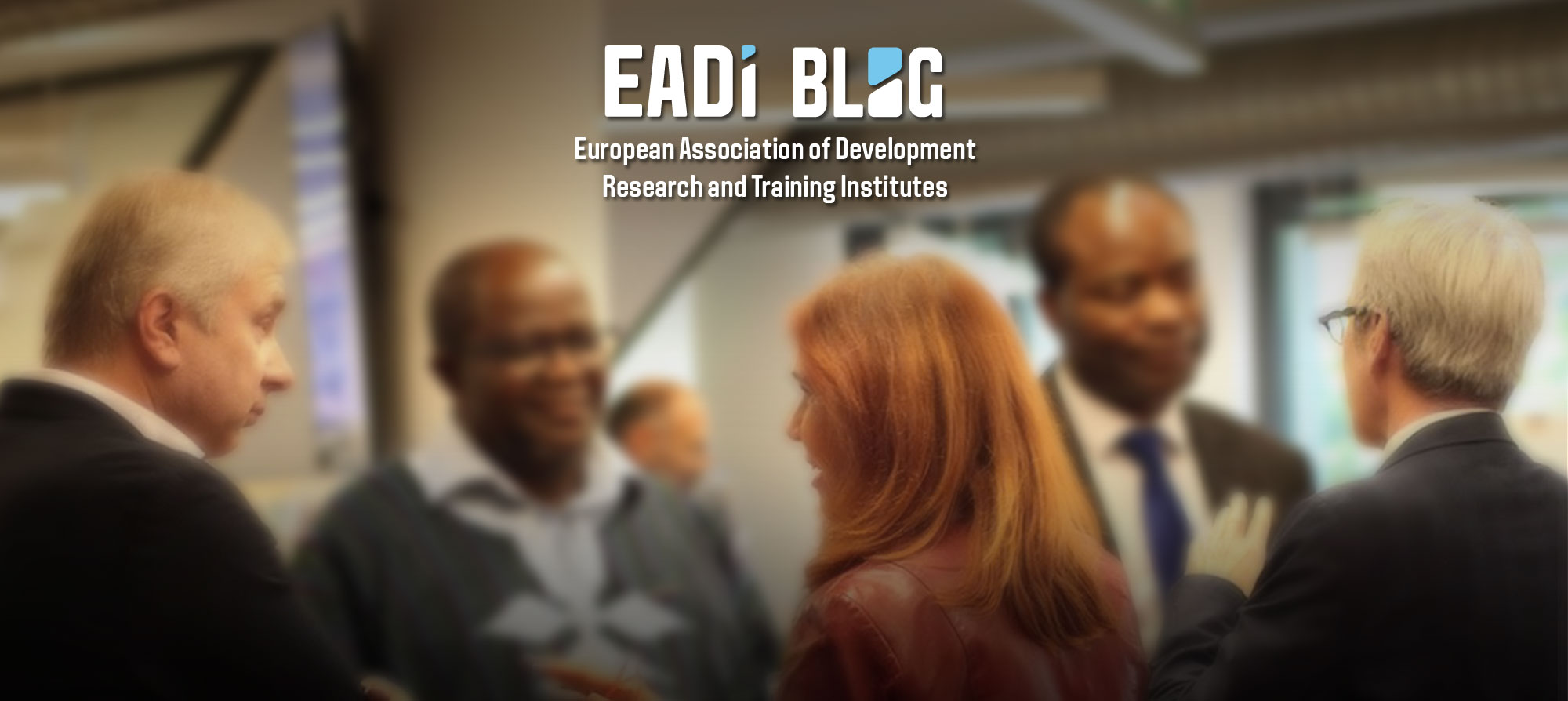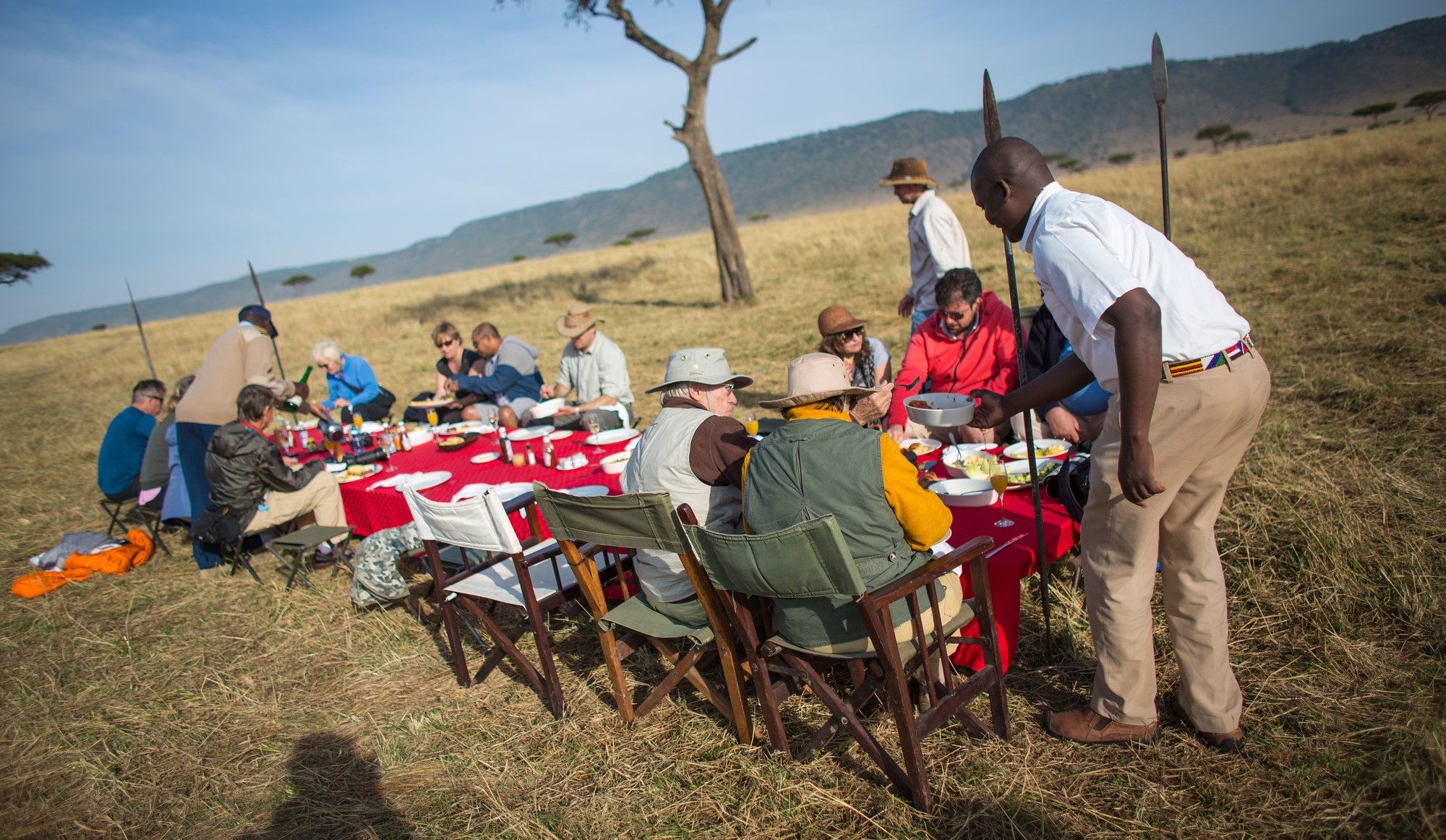By Gert Van Hecken and Vijay Kolinjivadi
There is no denying that the world’s biodiversity is under serious threat. A recent proposal that has gained significant traction to address this decline is to designate 30 per cent of the earth’s surface as protected areas by 2030 (commonly referred to as the Global Deal for Nature, or the 30×30 Plan). This proposal will be discussed at the world’s top-most biodiversity summit expected in 2022 in Kunming, China. The 30 per cent reservation for “nature” is itself viewed as part of a roadmap towards the idea that “Nature Needs Half” – a campaign calling for half of the world to be dedicated to nature, rather than human activities.
At first glance and given the urgent need to act to halt species extinction, nature conservation seems like a common-sense solution. The narrative of humans destroying a passive and innocent nature is enough to raise the empathetic emotions of any well-meaning person. Yet, a look beyond the surface reveals that the current protection agenda is not only a dangerous distraction from the root causes of environmental degradation but is also the ongoing legacy of colonial practices and modes of thinking. As historian Corey Ross describes, European colonisers in the 19th century decimated wildlife across large parts of Africa, primarily for forestry, mining, agriculture, and elite sport hunting. When the colonisers realised the impacts of their actions, they sought to redress them through protected areas for conservation, blaming locals for their generations-old subsistence practices and proclaiming themselves the experts of nature protection.
Unfortunately, this colonial legacy doesn’t seem to have altered much, and has instead become inscribed within a professionalised apparatus of technical and scientific expertise. It places the “White Saviour” as the ultimate arbiter of the value of natural spaces and which communities are entitled to inhabit or access them.
Whiteness as capitalist ecology
For the privileged classes, the ecological challenge has become a question of, firstly, managing public relations to deflect potential risks to future profit. Secondly, it has meant finding novel ways to extract profit from nature conservation itself. Finally, it has entailed draconian protection measures that attempt to fence off significant tracts of the planet, in the name of protecting natural and other species, to compensate for intensive and continuously expanding human development elsewhere.
What unifies these options is a worldview that we refer to as “whiteness”. Beyond a matter of skin colour, “whiteness” refers fundamentally to belief systems rooted in Western European aesthetics and unequivocal faith in logics of modern progress that have historically shaped (neo)colonial strategies of resource exploitation and dehumanisation. In its current globalised form, whiteness is materially manifested through a homogenous ecology of capital production, ruthlessly erasing any types of diversity not regarded as profitable assets. This ecology of homogenisation has taken shape through structural inequalities constructed over the past five centuries.
Whiteness is a deeply normalised ideology that points the finger at an imperfect world that only requires greater technical sophistication and political will to manage. In it, nature become rebranded through bankable buzzwords like “nature-based solutions” or “ecosystem services”. Smallholder peasants and Indigenous people are reduced to participants of precarious wage labour markets or custodians of nature for cultural tourism.
Constructing a protection narrative
The aim of the Kunming summit’s Global Deal for Nature proposal is to “halt the destruction of the natural world and slow extinctions of wildlife” by protecting 30 per cent of the earth’s land and water areas and to kick-start a decade of ecosystem restoration. The proposal is supported by a coalition of more than 50 countries, the world’s most influential conservation organisations, and hundreds of economists and natural scientists.
While sounding ambitious, these proposals ultimately reinforce the valuing of nature according to its economic utility. The implication is one of hypocritical paternalism: half of “nature” must be protected by a morally enlightened modern man(kind) from destructive and uneducated others. Yet, this moral class of man(kind) fundamentally depends upon a constructed underclass for providing their own basic needs, while simultaneously holding them responsible for global ecological breakdown. Industrialised growth preys upon a growing base of cheap and unskilled labour as well as cheap resources of nature, to impose a universal understanding of “progress”. These contradictions never take centre stage as the source of the problem for this moralising class.
This moralising narrative continues to treat justice for the marginalised and oppressed in isolation from the management of nature and the environment. Global conservation organisations like the International Union for the Conservation of Nature (IUCN), the WWF, The Nature Conservancy, and the National Geographic Society, to name a few, play a key role in perpetuating this narrative. They work with multinational corporations towards long-term investable strategies like carbon and biodiversity offsets, climate adaptation to securitise built infrastructure, and protected areas for global tourism. When global conservation organisations depend fundamentally on private equity holders to carry out their advocacy campaigns, it is little surprise that they work in furthering, or at least not opposing, the interests of large corporations. Moreover, when conservation science is funded in part by private endowments from agribusiness interests and their state-led partners, a particularly noxious alliance emerges whereby the latest scientific analyses directly fuel private-sector-friendly solutions. This in turn serves as the impetus for new scientific research grants, continuing the cycle. The result generates a professionalised class of experts that work, perhaps unwittingly, as “saviours” to frame problems, define solutions, and ultimately deflect any threats to modern capitalist society.
White saviours of nature
The claim that “Nature Needs Half” infuses several particularly damaging relations that have historically shut out any other alternative. The “White Saviour” embodies what Ulrich Brand and Markus Wissen call the “imperial mode of living”: the expectation that both individual and societal orientations can proceed through an unlimited appropriation of resources. This “imperial” lifestyle is the essence of the European settler’s dream of the “New World” – a vast frontier of unlimited natural resources to treat as one-way flows for industrialisation, wilderness to conquer or romanticise about, and “primitive” Indigenous and racialised people to put to work as dehumanised labour.
A “White Saviour” logic manifests itself most clearly in the treatment of “nature” through a utilitarian value ethic by which the non-human world is reframed as “natural capital” and becomes exploitable resources for profit, even in the name of its own “protection”. For instance, proponents argue that protecting 30 per cent of the earth’s surface will generate a financial output of 64-454 billion US dollars per year by 2050. In doing so, nature is rendered manageable to deflect risks to imperial lifestyles while being a lucrative asset in its own right.
A more ecologically-attuned approach towards interconnected social and ecological crises would recognise the linkages between industrial economic growth, forced migrations of displaced people, urban sprawl, and the demands of capital-intensive lifestyles, and the climate change, fragmentation, and mass extinctions that result. A “White Saviour” ecology, however, views them all as separate crises to be addressed in isolation. “White Saviour” ecology has no incentive to bring about structural changes in human-nature relationships because it benefits from the status quo.
Perhaps most striking is the “White Saviour” approach to engaging with Indigenous people in conservation. In reflecting upon the guilt of seeing the physical world being destroyed, European colonisers saw the forests and fields around them as “pristine and untouched”, even though evidence points to the fact that primary forests were rather outcomes of generations of active stewardship, imbued with cultural significance by non-European peoples. Ironically, today the very standard of modernity and progress is replicated by putting Indigenous people to work in service of securing the colonial project from ecological collapse. By framing Indigenous participation as custodians of nature, the actual demand of autonomous self-determination for Indigenous people is yet again conveniently sidestepped by the historical perpetrators of colonial violence. By infantilizing their knowledge through concepts like “cultural ecosystem services”, “nature-based services”, or “traditional ecological knowledge”, their contributions are tokenised and re-appropriated to justify land grabs for nature conservation and offset projects.
While industrial fisheries, agriculture, large-scale mining, and mega-infrastructure projects are cast as unquestioned modern marvels of progress, smallholder peasants and agropastoral communities are assumed to be un-ecological and part of the problem. These people, who represent the vast majority of food producers on earth (largely women) are depicted as needing “education” at best or are targeted for land dispossession and cultural erasure at worst. This often takes the insidious form of development banks and multilateral organisations like the FAO and the World Bank claiming that access to land, markets, finance, and integration into the wage economy for smallholders is essentially the only sustainable option available.
We need transformative relationships
A “White Saviour Deal” comes to rescue modern globalised society from its own destructive ecological effects, without recognising that the logic of endless economic growth is an inherently destructive ecology, one which bears the everyday violent and ongoing histories of white supremacy.
Alternative movements have long strived to showcase multiple worlds beyond the gaze of the “White Saviour.” Indigenous defenders of territory as well as agrarian movements fighting for their cultural and food sovereignty have put forward and embodied alternative types of relationships, both transforming and being transformed by their interactions with each other and the land. A decolonial ecological strategy would prioritise the necessary reparations and payments of historically accumulated ecological debt. Such reparations would require a firm commitment to breaking the destructive logic of capital and property relations by creating or restoring other forms of human-nature relationships, rooted in commitments to reversing historical and ongoing injustice and advocating strategies in line with demands from the Cochabamba People’s Summit in 2010. This would entail more than a re-distribution of risks and benefits; it would involve the material transfer of land back to Indigenous communities, the re-centring of repressed knowledge systems, as well as restoring the livelihood autonomy and control that have been usurped by the modernising project.
As agrarian scholar Max Ajl notes, reforestation can take place through forest-gardens and other polyculture-based farming techniques that require the recognition of land rights and self-determination to tend to forests, produce nutritious food, and sequester carbon. Such an approach lies in opposition to half-earth nature preservation strategies that would devastate people in the Global South. If Europe is to overcome “White Saviour” conservation strategies, it must reflect deeply on its internal historical complicity with the current ecological breakdown and it must finally begin to listen to and respect the voices of those who have been and continue to be silenced.
Note: This article gives the views of the author, and not the position of the EADI Debating Development Blog or the European Association of Development Research and Training Institutes
Gert Van Hecken is an ecological economist and political ecologist at the Institute of Development Policy (IOB), University of Antwerp, and associate researcher at Nitlapan-UCA, Nicaragua. His research focuses on the politics of knowledge in “conservation” and “development”, and on processes of (re)imagining and (re)enacting alternative social-ecological futures. During the past fifteen years he has been working closely with different farmer and environmental organizations in Nicaragua.
Vijay Kolinjivadi (he/him) is an ecological economist and political ecologist, interested in how environment-making unfolds historically in racialised, colonial, and gendered ways. His research focuses on social and environmental (in)justice questions associated with payments for ecosystem service (PES) programs. He is currently a postdoctoral fellow at the Institute of Development Policy at the University of Antwerp, a writer with the Earth Negotiations Bulletin, following multilateral environmental processes; and co-editor of Uneven Earth, a website focusing on environmental politics. In addition to academic publications, he has been published in Al Jazeera, New Internationalist, Truthout, The Conversation, and Mongabay.”
A longer version of this post first appeared in the Green European Journal
Image: Make it Kenya on Flickr

